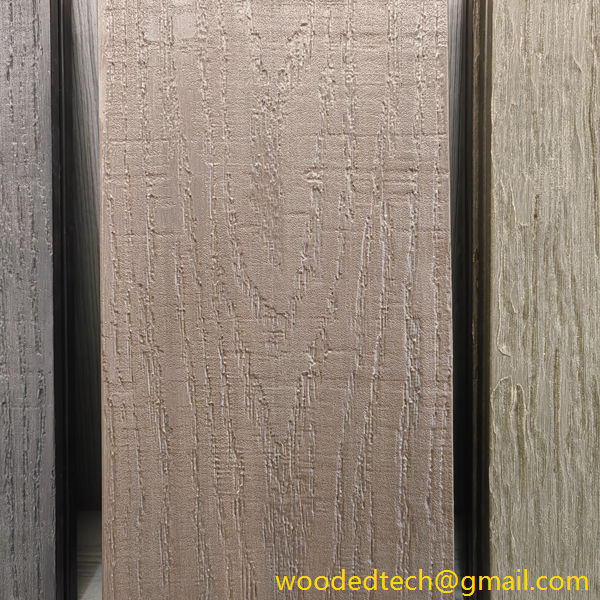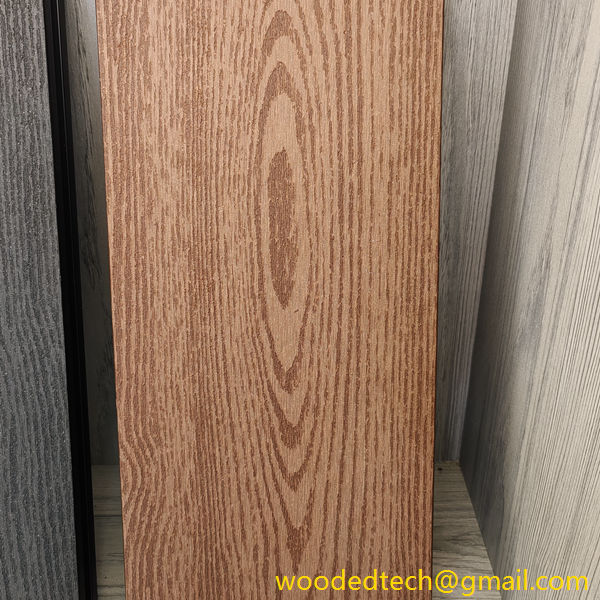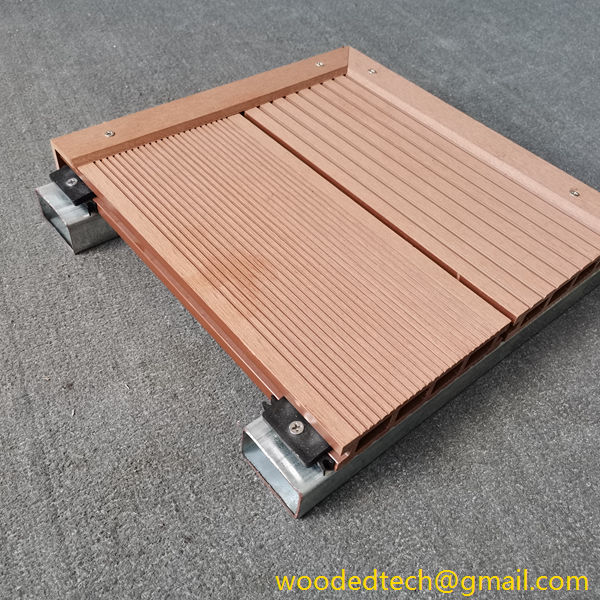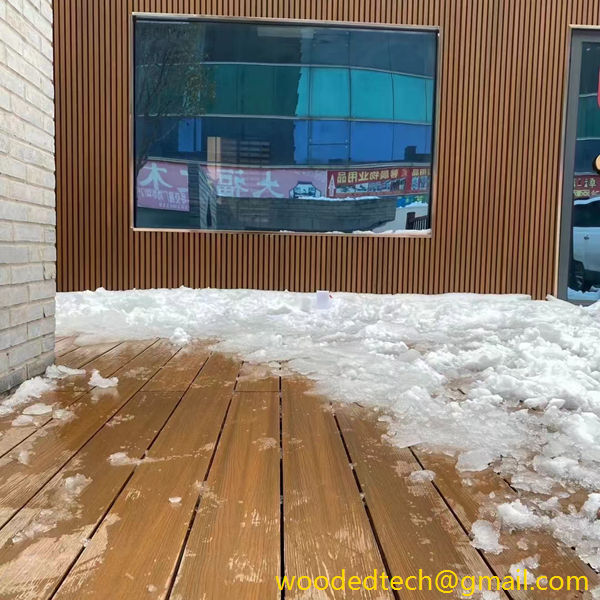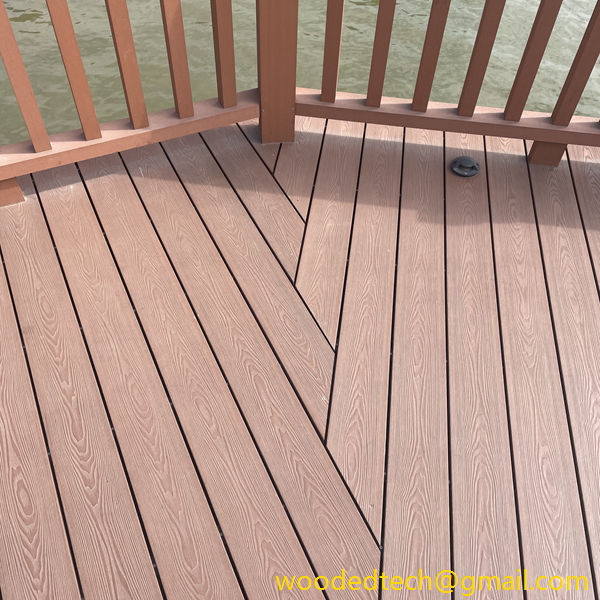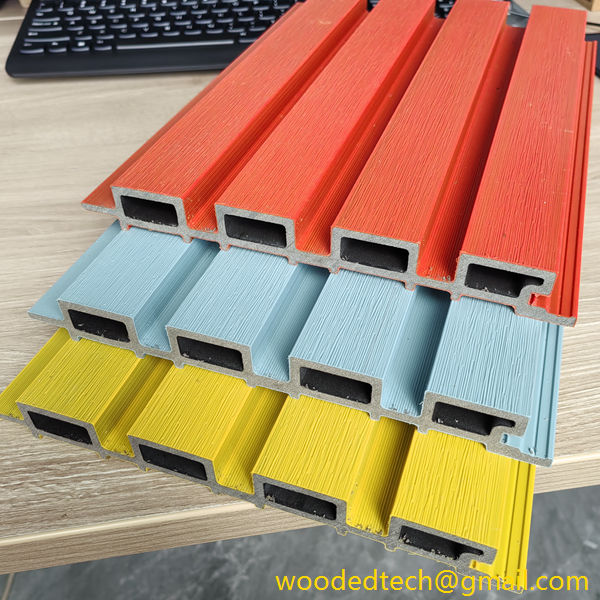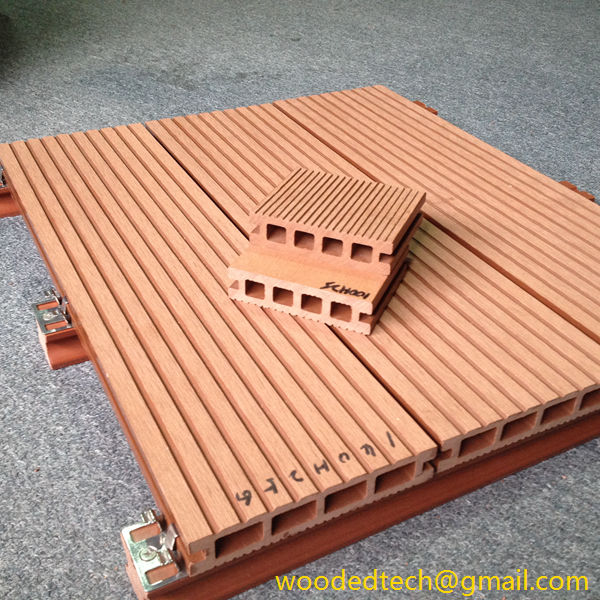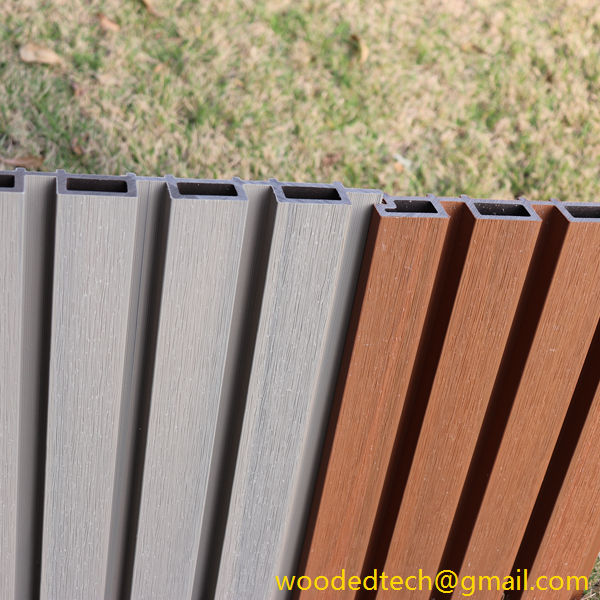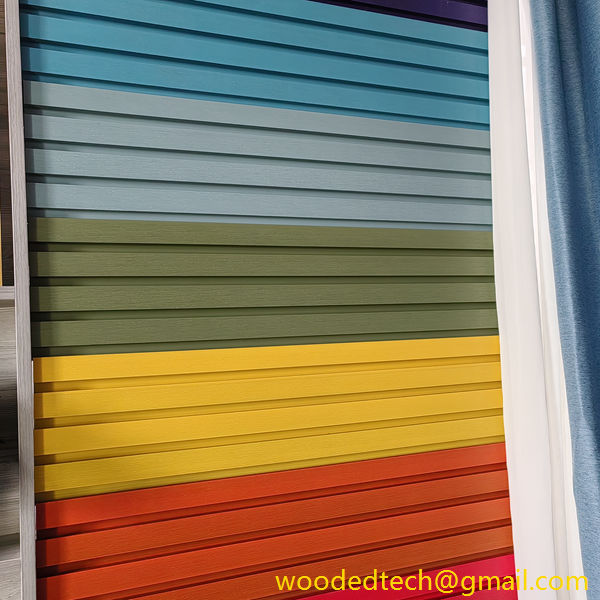Comparing Costs: Wood Versus Composite Decking for Budget-Friendly Choices
Comparing Costs: Wood Versus Composite Decking for Budget-Friendly Choices When it comes to enhancing outdoor living spaces, decking plays a crucial role in shaping our experiences. Homeowners often find themselves faced with the decision of choosing between wood and composite decking. Both materials have their unique characteristics, advantages, and costs associated with them. Understanding these…
Comparing Costs: Wood Versus Composite Decking for Budget-Friendly Choices
When it comes to enhancing outdoor living spaces, decking plays a crucial role in shaping our experiences. Homeowners often find themselves faced with the decision of choosing between wood and composite decking. Both materials have their unique characteristics, advantages, and costs associated with them. Understanding these differences can help homeowners make informed decisions that suit their budgets and lifestyles.
Wood decking is a classic choice that has been popular for generations. Traditionally, pressure-treated lumber is the go-to option due to its affordability and availability. This type of wood is treated with preservatives to resist rot and insect damage, making it suitable for outdoor use. However, while the initial cost of wood decking is often lower than that of composite materials, there are several factors to consider that can impact long-term expenses.
One of the significant advantages of wood decking is its aesthetic appeal. Natural wood offers a warm, organic look that many homeowners find attractive. It can be easily stained or painted to match personal preferences or existing home designs. However, this beauty comes with a price. Over time, wood decking requires regular maintenance to preserve its appearance and durability. Homeowners must commit to periodic sealing, staining, and painting to protect the wood from the elements and prevent fading, warping, or cracking. These maintenance costs can add up over the years, making wood a potentially more expensive option in the long run.
In contrast, composite decking has gained popularity for its durability and low maintenance requirements. Made from a mixture of wood fibers and recycled plastic, composite materials are designed to resist fading, staining, and warping. This resilience means that homeowners can enjoy their decks without the constant upkeep associated with wood. While the upfront cost of composite decking is typically higher than that of wood, the long-term savings on maintenance can make it a more budget-friendly choice over time.
Another factor to consider when comparing these materials is the lifespan. Wood decking, depending on the type of wood used, can last anywhere from 10 to 30 years with proper maintenance. In contrast, high-quality composite decking is often backed by warranties of 25 years or more, reflecting its durability and resistance to wear and tear. This extended lifespan means that homeowners may not need to replace their decks as frequently with composite materials, further contributing to long-term cost savings.
When evaluating the costs associated with decking materials, it is essential to factor in installation expenses as well. Both wood and composite decking can be installed by professional contractors or as DIY projects, but there may be differences in labor costs and installation complexity. Wood decking is generally easier to work with for experienced DIYers, while composite materials may require specialized tools and techniques. This could lead to higher installation costs if hiring professionals, potentially impacting the overall budget.
Additionally, homeowners should consider the environmental impact of their decking materials. While natural wood is a renewable resource, the sustainability of wood decking depends on responsible sourcing practices. Composite decking, on the other hand, often incorporates recycled materials, making it an eco-friendly option. For environmentally conscious homeowners, this aspect may influence their decision and willingness to invest in composite materials despite the higher initial costs.
Aesthetics and design flexibility also play a role in decking material selection. Wood offers a wide range of species, colors, and finishes, allowing homeowners to customize their decks to their liking. On the other hand, composite decking has come a long way in terms of design options. Manufacturers now produce composite boards that mimic the look of natural wood, providing homeowners with a variety of choices that can fit different styles.
Ultimately, the decision between wood and composite decking comes down to individual preferences, budget constraints, and lifestyle considerations. Homeowners seeking a classic, natural look may lean towards wood, while those prioritizing durability and low maintenance might find composite decking to be a better fit. Evaluating the total cost of ownership, including installation, maintenance, and lifespan, is crucial in making a well-informed choice.
In conclusion, both wood and composite decking have their merits and drawbacks. Wood decking tends to have a lower initial cost but requires more maintenance and may not last as long as composite options. Composite decking, while more expensive upfront, offers durability and low maintenance that can lead to savings over time. Homeowners should carefully assess their needs, preferences, and budget before making a decision. By understanding the various material styles and the costs associated with each, homeowners can create beautiful outdoor spaces that are both functional and financially sensible.

